Occupation Actress, socialite Children John Julius Norwich Movies The Virgin Queen | Role Society Figure Name Lady Cooper | |
 | ||
Full Name Lady Diana Olivia Winifred Maud Manners Died June 16, 1986, London, United Kingdom Books Rainbow Comes and Goes, Trumpets from the Steep, The Light of Common Day, Autobiography, A Durable Fire Similar People Duff Cooper, Violet Manners - Duchess, John Julius Norwich, Henry Cust, John Manners - 9th Duke | ||
Lady Diana Cooper | Through The Years
Diana Olivia Winifred Maud Cooper, Viscountess Norwich (née Lady Diana Manners; 29 August 1892 – 16 June 1986), was a famously glamorous social figure in London and Paris. As a young woman, she moved in a celebrated group of intellectuals known as the Coterie, most of whom were killed in the First World War. She married one of the few survivors, Duff Cooper, later British Ambassador to France. After his death, she wrote three volumes of memoirs which reveal much about early 20th-century upper-class life.
Contents
- Lady Diana Cooper Through The Years
- Lady Diana Cooper Interview 1969
- Birth and youth
- Career as actress
- Social figure wife of ambassador
- Later years
- Books about or influenced by Lady Diana
- Titles from birth to death
- Selected filmography
- References
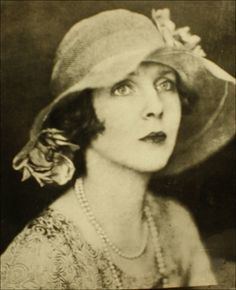
Lady Diana Cooper [Interview 1969]
Birth and youth
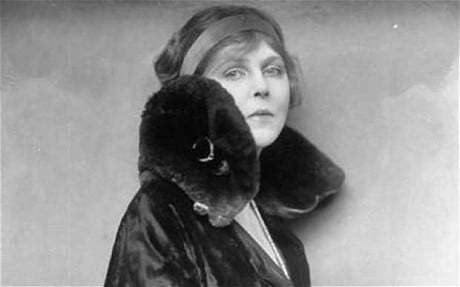
She was officially the youngest daughter of the 8th Duke of Rutland and his wife, the former Violet Lindsay; but Lady Diana's real father was the writer Henry Cust. As early as 1908, various pamphlets were being circulated by a former governess claiming that Cust fathered Diana Manners, and Lord Crawford (a distant cousin of her mother) noted in his diary that the resemblance was striking. In her prime, she had the widespread reputation as the most beautiful young woman in England, and appeared in countless profiles, photographs and articles in newspapers and magazines.
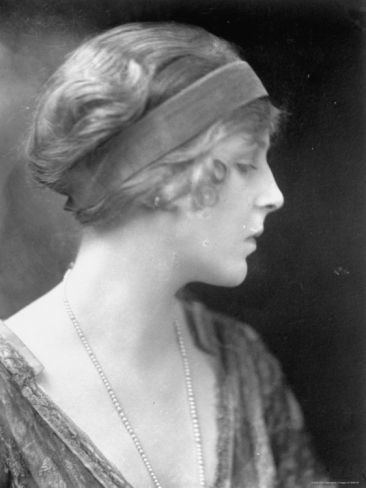
She became active in The Coterie, an influential group of young English aristocrats and intellectuals of the 1910s whose prominence and numbers were cut short by the First World War. Some see them as people ahead of their time, precursors of the Jazz Age.
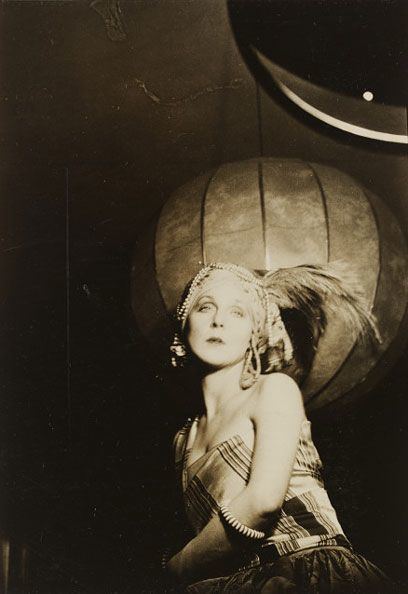
Lady Diana was the most famous of the group, which included Raymond Asquith (son of H. H. Asquith, the Prime Minister), Patrick Shaw-Stewart, Edward Horner, Sir Denis Anson and Duff Cooper. Following the deaths at relatively young ages of Asquith, Horner, Shaw-Stewart, and Anson—the first three in the war; Anson by drowning—Lady Diana married Cooper, one of her circle of friends' last surviving male members, in June 1919. It was not a popular choice in the Manners household, since the bride's parents had hoped for a marriage to the Prince of Wales. As for Cooper, he once impulsively wrote a letter to Lady Diana, before their marriage, declaring, "I hope everyone you like better than me will die very soon." In 1929 she gave birth to her only child, John Julius (now known as John Julius Norwich), who became a writer and broadcaster.
Career as actress

After working as a nurse during the war and working as editor of the magazine Femina, she wrote a column in the Beaverbrook newspapers before turning to the stage, playing the Madonna in the revival of The Miracle (directed by Max Reinhardt). The play achieved outstanding international success, and she toured for two years with the cast. Lady Diana subsequently starred in several silent films, including the first British colour films.
Social figure, wife of ambassador
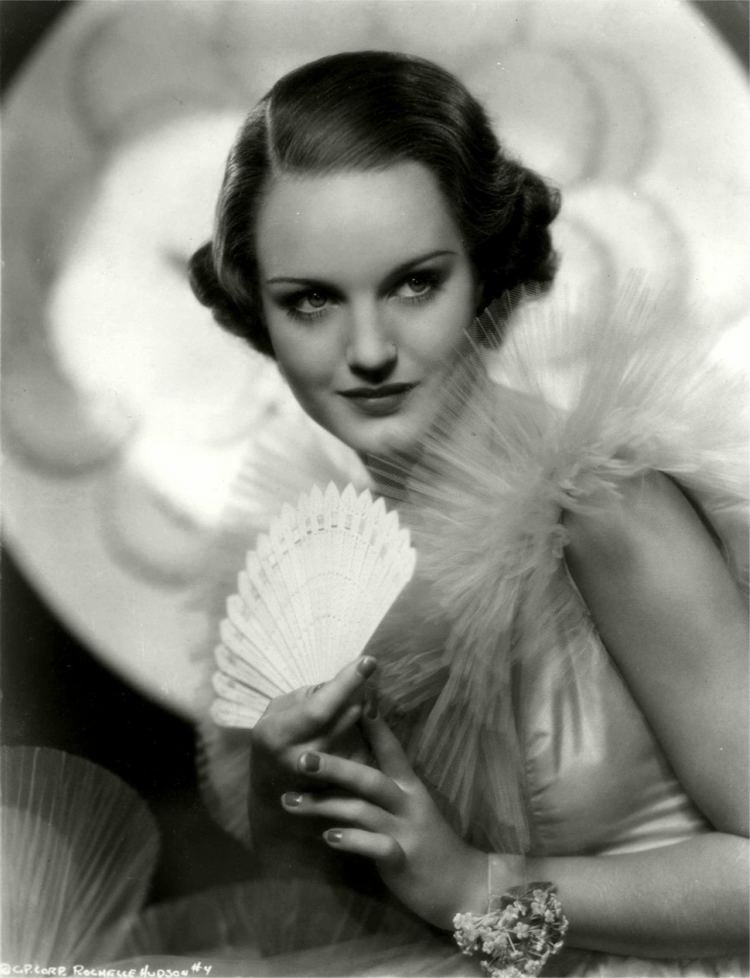
In 1924, Duff Cooper gained election to Parliament, while his wife continued as a society celebrity. Her reputation became even more celebrated in France as the centrepoint of immediate post-Second World War French literary culture when her husband served from 1944 to 1948 as Britain's ambassador to France. During this period, Lady Diana's popularity as a hostess remained undimmed, even after allegations that the embassy guest list included "pederasts and collaborators".
Following Duff Cooper's retirement in 1947, they continued to live in France at Chantilly, until his death in 1954. He was created Viscount Norwich in 1952, for services to the nation, but Lady Diana refused to be called Viscountess Norwich, claiming that it sounded like "porridge". Following her husband's death, she made an announcement in The Times to this effect, stating that she had "reverted to the name and title of Lady Diana Cooper".
Later years
Lady Diana sharply reduced her activities in the late 1950s but did produce three volumes of memoirs: The Rainbow Comes and Goes, The Light of Common Day, and Trumpets from the Steep. The three volumes are included in a compilation called Autobiography (ISBN 9780881841312).
She died in 1986, aged 93.
Books about or influenced by Lady Diana
Philip Ziegler wrote Diana Cooper: A Biography (ISBN 0-241-10659-1) in 1981; it was published by Hamish Hamilton. Several writers used her as inspiration for their novels, including Evelyn Waugh, who fictionalised her as Mrs. Stitch in the Sword of Honour trilogy and elsewhere, and Nancy Mitford, who portrayed her as the narcissistic, self-dramatizing Lady Leone in Don't Tell Alfred. In F. Scott Fitzgerald's short story "The Jelly-bean", the character Nancy Lamar states that she wants to be like Lady Diana Manners. Enid Bagnold published The Loved and Envied (ISBN 0-86068-978-6) in 1951. The novel, based on Lady Diana and her group of friends, dealt with the effects of ageing on a beautiful woman. Oliver Anderson dedicated Random Rendezvous, published in 1955, to "Diana Cooper and Jenny Day".
Diana Cooper Autobiography: The Rainbow Comes and Goes (1958), The Lights of Common Day (1959), Trumpets From The Steep, (1960)" (ISBN 0-88184-131-5); Published by Carroll & Graf Publishers Inc. New York 1985, second printing 1988.
In 2013, her son, John Julius Norwich, edited a volume of her letters to him as a youth entitled Darling Monster: The Letters of Lady Diana Cooper to Her Son John Julius Norwich. Published by Chatto & Windus, ISBN 978-0701187798. Rachel Cooke in The Guardian says "Cooper's letters have a special immediacy and frankness ... they are conspiratorial."
Titles from birth to death
These are Lady Norwich's formal titles; however, she continued to be informally styled after 1952, at her request, as Lady Diana Cooper.
